You can do a whole lot more with beer than just drink it.
In fact, Men’s Health Magazine cites a total of 31 uses for beer, none of which have anything to do with tossing one down the hatch, yet 8 of which have to do with cooking—if you count the one about scaling fish (with the bottle cap, not the brew).
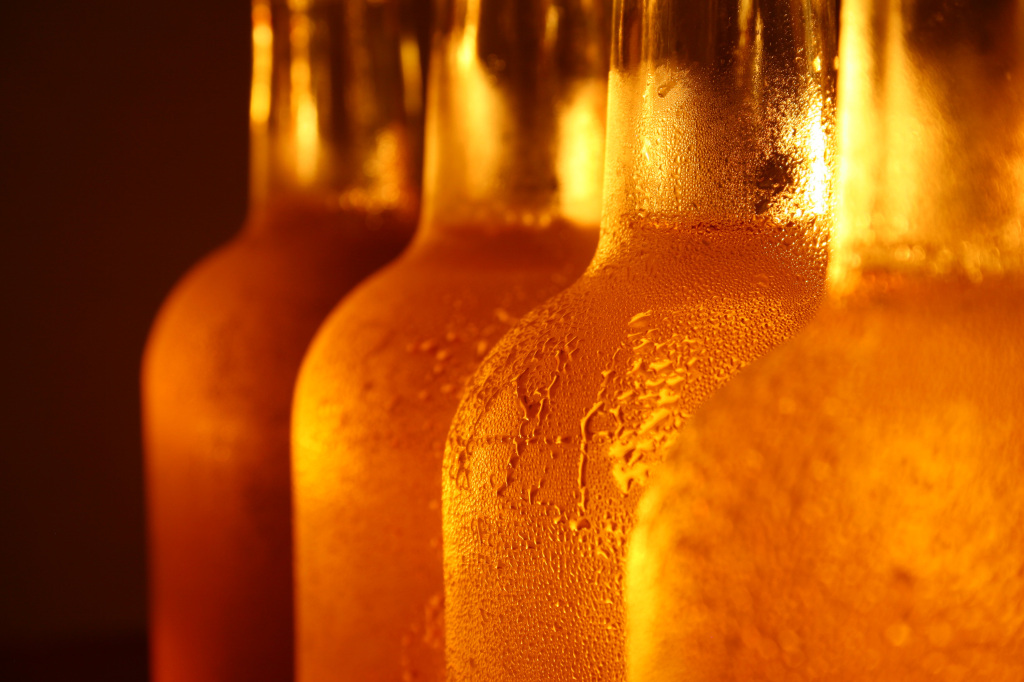
It used to be “one beer fits all.” You’d buy a six-pack or a case of your favorite beer—your all-purpose beverage for drinking with just about any food you consumed be it hot dog, steak, pizza, Asian food, Mexican food, barbecue, comfort food, seafood, and absolutely everything else.
Pairing? Sure, pairing wine with food is age-old. But with the rise of artisan craft beers, microbrews, worldwide imports, brew pubs, and home brewing, pairing beer with food became a conscious coupling that left us shaking our heads, wondering, “Why didn’t we think of this before?” The nuances of flavor interplay between beer and food have become a wide-open endeavor of culinary exploration bringing pedigree and respectability to a blue-collar beverage.
And so we ask: Does the beer elevate the food? Or does the food elevate the beer?
Why cook with beer in the first place? Beer adds a spectrum of flavor notes that complement a variety of inherent flavors. From the earthiness of hops and yeast, beer imbues savory stews, braises, soups, and sauces with herbal complexities and a richness that doesn’t depend on butter fat.
At the other end of the spectrum, dark, chewy-chocolatey brews spanning to fruit-tinged varieties work their way into sweets, pastries, and beverages where you’d least expect them with surprisingly tantalizing results.
The first rule of thumb when cooking with beer is the same as for cooking with wine: Don’t cook with any beer you wouldn’t drink. In fact, also as with wine, it is good to serve beer-cooked dishes at table with the same beer you incorporated into the recipe.
In a Roasting Pan
One of the least-fuss methods of cooking with beer is in roasted meats and poultry. When adding liquid to the aromatic vegetables in the bottom of the roasting pan, substitute beer for some or all of the stock, wine, or water you would normally use.
For something like a beef roast, you can choose a well-flavored stout, porter, or schwarzbier. Whereas with poultry, try something a bit lighter such as a pale ale, a lager, or even a pilsner, for example. What you will get are enriched pan juices that will, in turn, create a heady gravy to finish your succulent roast.
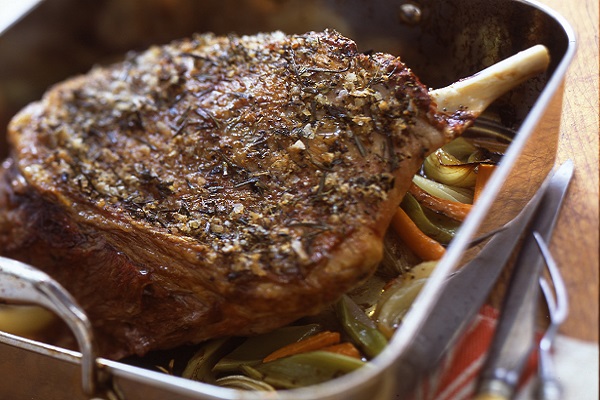
In a Batter
Incorporating beer into a batter for frying foods gives the batter its own unique malty flavor while its effervescence adds a lightness to the batter that, depending on how much you use, approaches the airiness of a tempura batter.
Here’s an all-purpose beer batter that Martha Stewart uses for onion rings and other vegetables, as well as various seafood items.
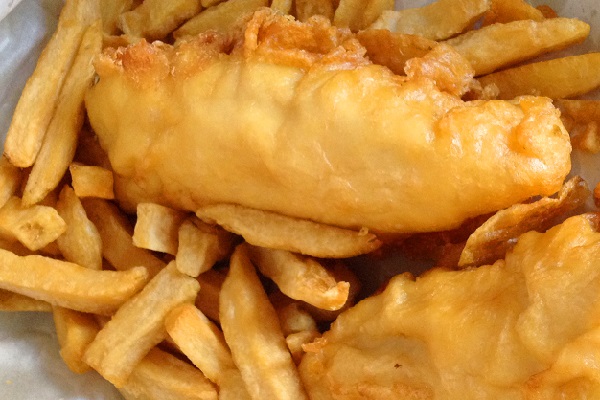
In a Soup, Stew, or Braised Dish
As in roasting, substituting beer for part or all of the liquid used for soups, stews, and braises will imbue unique flavors as well as having some measure of a tenderizing effect.
A carbonnade is a beef and onion stew of Flemish origin and a cousin of the French boeuf bourguignon. The point of departure is a hearty Belgian beer that is the core of the carbonnade, rather than red wine as in the boeuf bourguignon .
Here is noted chef Charlie Palmer’s recipe for carbonnade.
In this unique braising-roasting recipe, our good friend Troy Smith from T-Roy Cooks braises Lobel’s fresh Berkshire Pork Belly with a combination of apples, garlic, shallots, fresh herbs, and a mixture of white wine and apple ale. Then he roasts the belly to crisp the top skin to crackling goodness. Serving the belly on mashed potatoes, Troy tops everything with the pan sauce redolent of herbs and apples—thanks, in part, to the apple ale added during cooking.
In a Sauce
Beer is a great medium for deglazing pans when making a pan sauce for a sauté dish. You can also substitute beer for another liquid when making sauces. For example, use beer instead of milk when making a roux-based Béchamel sauce. Once the sauce starts to tighten up, add cheese to turn it in to a beer-cheese sauce for finishing roasted meats or steamed vegetable dishes.
Welsh Rarebit is a classic beer-cheddar dish from Great Britain with the consistency of fondue and typically served on buttered toast points. In fact, add more liquid and you’ll wind up with beer and cheddar soup.
In this adaptation of the English classic, Alton Brown uses a full-flavored porter as the basis for this stick-to-your-ribs entrée.
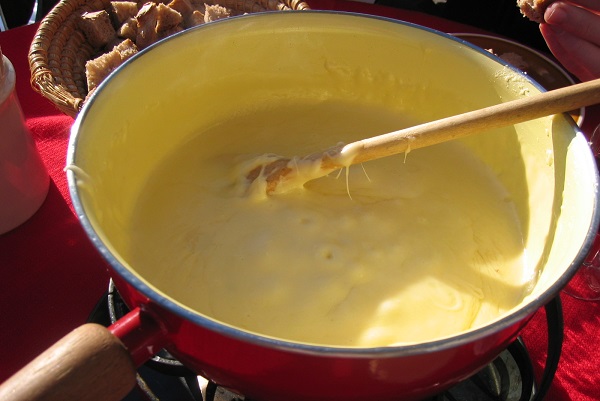
As a Steaming Liquid
Mussels, crabs, clams, and all manner of shellfish have a particular affinity for being steamed in beer which accentuates the inherent sweetness of seafood. The broth from such dishes is hearty and welcoming and so good you won’t want to leave a drop.
In this recipe, Samuel Adams Boston Ale perfumes mussels and adds flavor and richness to the steaming liquid. Don’t forget the crusty bread for dipping and mopping!
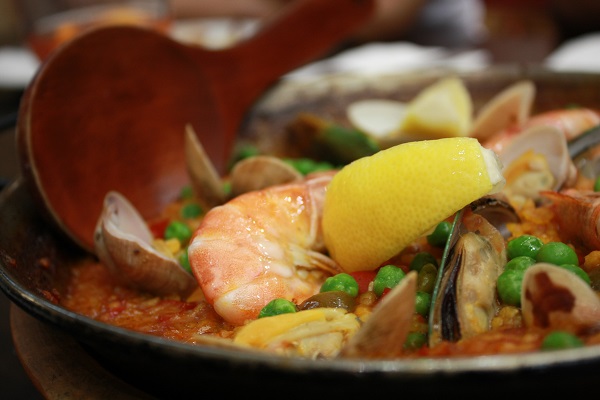
What is your favorite way of cooking with beer? What’s your favorite recipe or dish that incorporates beer? What beers do you like best for cooking?



Leave Your Response